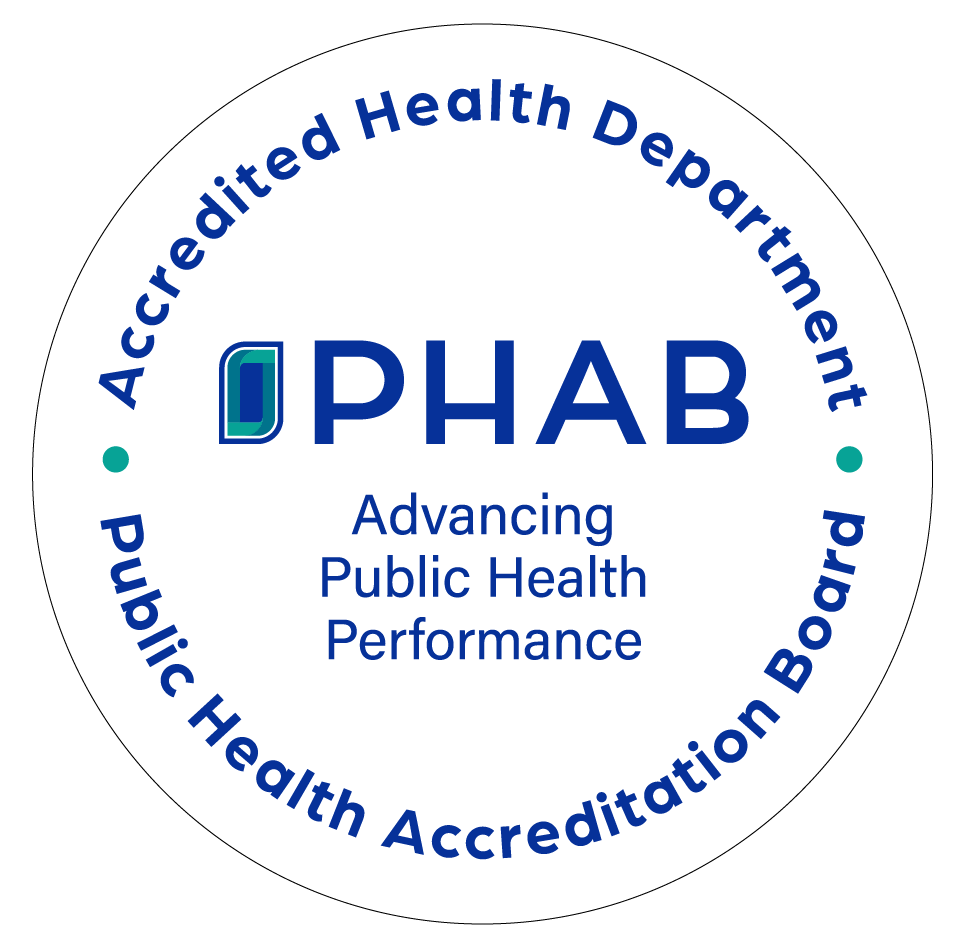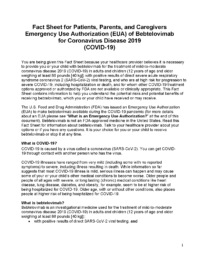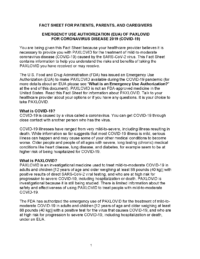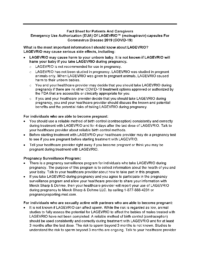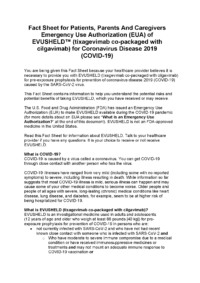Multiple therapeutics have been authorized to treat COVID-19 for those who are at highest risk of severe illness from COVID-19. The Ohio Department of Health wants to ensure that all healthcare providers across Ohio are aware of the availability of COVID-19 treatment options, and to refer eligible patients to treatment locations as appropriate.
Currently available treatments include Bebtelovimab, Paxlovid, Molnupiravir, and Evusheld.
These therapies require a prescription order from a licensed healthcare provider. Ohioans seeking any of these treatments must first reach out to their healthcare provider to discuss appropriate treatment options and a treatment plan.
Treatment Option Resources
Current Treatment Options
If you are an Ohio resident seeking more information about COVID-19 treatment and think you might qualify, please speak to your healthcare provider first and get a referral ito receive pre-exposure prophylaxis, monoclonal antibody treatment or oral antivirals.
Additional resources for healthcare providers:

